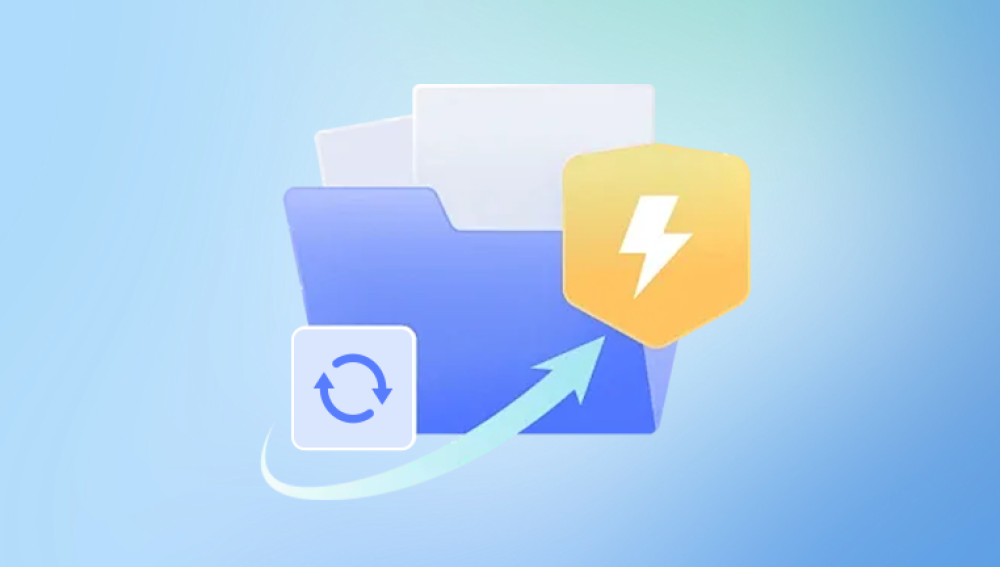Microsoft Word documents can become corrupted for various reasons. Sometimes a file simply won’t open or displays errors, missing content, or strange formatting. Common causes of Word file corruption include:
Unexpected system shutdowns while the document is open.
Errors during file saving or transferring.
Virus or malware infection.
Faulty storage devices (hard drives, USB drives, SD cards).
Software conflicts or outdated Word versions.
Large or complex documents that exceed Word’s capacity.

Improperly closing Word or abrupt program crashes.
Knowing why corruption happens can help determine which repair method to try first. The goal is always to recover your content with minimal loss.
Signs of a Corrupted Word Document
Before diving into repair methods, it helps to recognize common symptoms of corruption:
The document refuses to open and shows an error message such as “Word experienced an error trying to open the file.”
The file opens but contains unreadable or garbled text.
Word crashes or freezes when you try to open the document.
Some parts of the document are missing, or formatting is broken.
The document opens as a blank page.
Unexpected prompts for recovery or repair.
If you observe these symptoms, your document is likely corrupted or partially damaged.
Basic Troubleshooting Before Repair
Before applying repair techniques, perform these simple checks:
Check File Extension: Make sure the document has the correct extension, typically .docx for newer Word versions or .doc for older ones. Sometimes, incorrect file extensions cause Word to misinterpret the file.
Try Opening on Another Device or Word Version: Sometimes corruption appears only on one system. Test the file on a different computer or with a different Word version.
Copy the File: Duplicate the document and try opening the copy. Sometimes, copying can fix minor file system issues.
Check File Size: If the file size is 0 KB or unusually small, the file might be irrecoverably corrupted or empty.
Scan for Malware: Use antivirus software to rule out malware damage.
Update Word: Ensure your Word installation is updated to the latest version. Sometimes, bugs in old versions cause opening errors.
Using Microsoft Word Built-In Repair Features
Microsoft Word has a few internal tools designed to recover or repair damaged documents.
1. Open and Repair
Launch Word.
Go to File > Open.
Navigate to your corrupted file.
Instead of clicking Open, click the dropdown arrow next to the Open button.
Select Open and Repair.
Word will attempt to fix the document during the opening process. This method often recovers most content, but complex formatting may be lost.
2. Recover Text from Any File
If Open and Repair fails, try to recover only the text:
Go to File > Open.
Select the file.
Under the dropdown for file types, choose Recover Text from Any File.
Open the file.
This method extracts text only, stripping images, tables, and some formatting, but it’s useful when content is the priority.
3. Open as a Copy
Sometimes, opening the document as a copy avoids triggering corruption issues:
Right-click the file and select Copy.
Paste the copy to a new location.
Open the copy with Word.
Alternatively:
In Word, go to File > Open.
Select the file.
Click the arrow next to Open and select Open as Copy.
Using AutoRecover and Backup Files
Word regularly saves backup copies and AutoRecover files, which can be used to restore lost content.
1. AutoRecover Files
If Word crashes, it tries to save temporary files. To access AutoRecover files:
Open Word.
Go to File > Info.
Look for Manage Document > Recover Unsaved Documents.
Browse the list of unsaved files and open the most recent one.
AutoRecover files have a temporary extension and may not contain the entire document but can recover recent edits.
2. Backup Copies
If you enabled the Always create backup copy feature:
Go to the folder containing your Word document.
Look for files with the extension .wbk.
Open the backup copy with Word.
To enable this feature for future documents:
Go to File > Options > Advanced.
Scroll to Save section.
Check Always create backup copy.
Repairing Corrupted Word Files Using Other Software
When Word’s own tools fail, third-party recovery tools may help.
Data Recovery Software
Panda Repair
Panda Repair is a specialized software tool designed to repair corrupted or damaged Microsoft Word documents quickly and effectively. When a Word file becomes corrupted due to unexpected shutdowns, virus attacks, software crashes, or file transfer errors, Panda Repair steps in to restore the file’s content without losing valuable data.
The software supports both .doc and .docx file formats, making it compatible with most versions of Microsoft Word. Panda Repair works by scanning the corrupted file at a deep level, identifying damaged components such as text, formatting, images, tables, and other embedded elements. Once scanned, it rebuilds the document structure and recovers as much content as possible.
One of the key benefits of Panda Repair is its user-friendly interface. Even users with minimal technical knowledge can repair their Word documents in just a few clicks. After selecting the corrupted file, Panda Repair performs a quick scan and provides a preview of recoverable content before saving the repaired document. This preview function helps users confirm the recovery success before finalizing the repair.
For technically inclined users, some manual methods can salvage content:
1. Insert the Corrupted Document into a New Document
Open a new blank Word document.
Go to Insert > Object > Text from File.
Select your corrupted file.
Word tries to import the content into the new document, sometimes bypassing corruption.
2. Use the Draft Mode
Open Word.
Go to View > Draft.
Open the corrupted document.
Draft mode can sometimes display more content than Print Layout.
3. Recover Content via XML Extraction (For .docx Files)
Since .docx files are ZIP archives containing XML files:
Change the file extension from .docx to .zip.
Open the ZIP archive.
Navigate to the word folder inside.
Extract document.xml.
Open document.xml in a text editor to view raw XML content.
You can manually copy text from XML.
This is complex but can recover raw text when nothing else works.
Repair Word Document by Copying to Another Format
Sometimes converting the document to another format can recover text:
Open Word.
If the file opens partially, immediately Save As a plain text file (.txt).
Reopen the .txt file and save it back as .docx.
This removes complex formatting but can recover the core text.
Alternatively:
Save the file as HTML.
Open the HTML file with Word and save back as .docx.
Use Microsoft Word Safe Mode
Word Safe Mode disables add-ins and customizations that might interfere with opening files.
Hold the Ctrl key and start Word.
Confirm to open in Safe Mode.
Then try opening the corrupted document.
If it opens, save a copy immediately.
Recover Content from Temporary Files
Windows often creates temporary versions of files:
Open File Explorer.
Navigate to %temp% folder by typing this in the address bar.
Look for files starting with ~WRL or similar.
These files may contain recoverable content.
Rename the extension to .docx and try to open in Word.
Restore Previous Versions of the Document
If your operating system has file versioning enabled:
Right-click the file.
Select Properties.
Go to the Previous Versions tab.
Select an earlier version to restore.
This requires that Windows Backup or File History is enabled.
Tips to Prevent Word Document Corruption
Preventing corruption is better than repairing. Here are best practices:
Save frequently and use Save As to create new versions.
Avoid abrupt shutdowns of your computer or Word program.
Use reliable storage media and eject USB drives safely.
Keep Word and your operating system updated.
Use antivirus software to prevent infections.
Avoid using unsupported fonts, macros, or add-ins.
Limit document complexity by splitting very large files.
Regularly back up important files to the cloud or external drives.
Enable AutoRecover and backup options in Word settings.
Recover Data from a Severely Corrupted Document
When a document is severely corrupted, some parts may be unrecoverable. Focus on these strategies:
Recover as much text as possible using Recover Text from Any File.
Extract embedded objects and images separately if possible.
Copy partial text from raw XML or temporary files.
Use third-party tools to reconstruct lost formatting and elements.
When to Seek Professional Data Recovery
If the document is crucial and none of the above methods work, consider professional help:
Data recovery specialists may retrieve data from damaged storage devices.
Professional services can repair file system or disk errors affecting Word files.
This option is usually more expensive but may save irreplaceable content.
Summary of Steps to Repair a Word Document
Confirm the file is corrupted by attempting to open on different devices.
Use Word’s Open and Repair feature.
Try Recover Text from Any File.
Search for AutoRecover and backup files.
Insert content into a new Word document.
Use safe mode to open.
Rename to .zip and extract XML content.
Use third-party repair tools.
Recover from temporary files or previous versions.
Convert to other formats and back.
Scan for malware and update software.
Back up important files regularly to avoid data loss.
Document corruption can be frustrating and stressful, especially when important work is at risk. However, by systematically applying the steps above, you maximize the chance of recovering your Word files. Sometimes, the solution is simple, like using Open and Repair, while other times it requires more advanced or professional help.
Always prioritize regular backups and safe file handling to minimize future risk. With patience and the right approach, most Word document issues can be resolved successfully.




